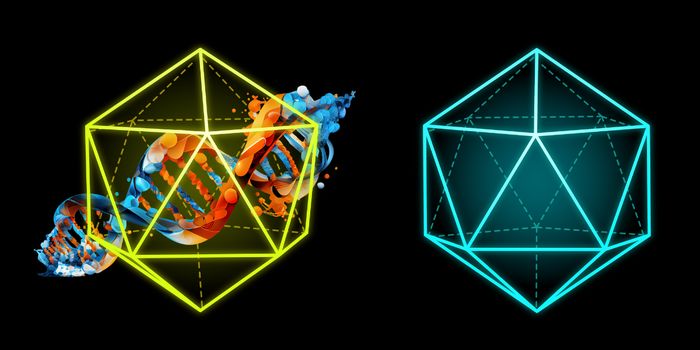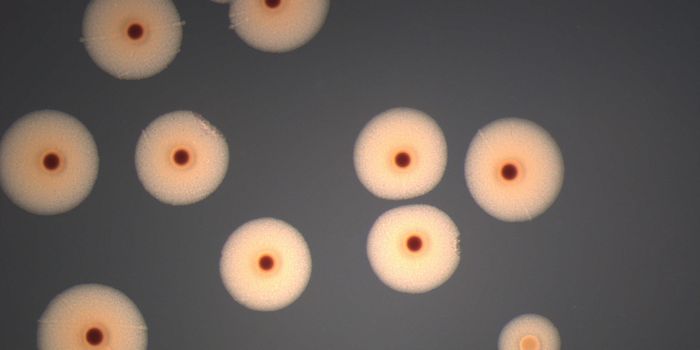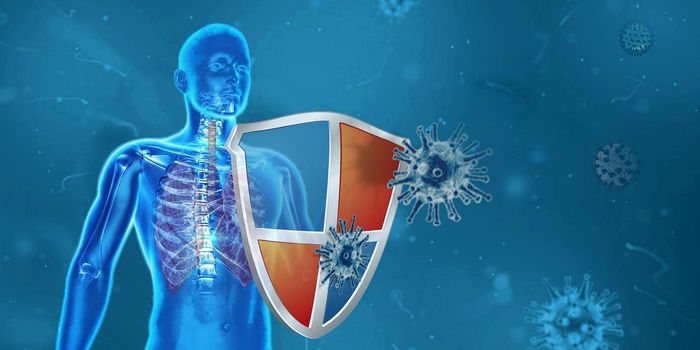Bacteria & Fungi Come Together in Endosymbiosis Study
Endosymbiotic organisms have to live inside of another to survive, and this relationship often provides benefits for both the host and its resident. It may seem unusual, but complex cells are thought to have originated from an endosymbiotic event in which a cell, maybe a bacterium, invaded another cell, likely an archaea; this led to the creation of a mitochondria, which provided the newly created cell with enough power to gain more organelles. After complex cells evolved, organisms like plants, fungi and animals were able to develop.
Scientists have now sought to learn more about endosymbiosis, and the processes that make it possible and sustain it. In a new study reported in Nature, researchers studied a model of endosymbiosis they created. Escherichia coli bacteria were injected into a fungus called Rhizopus microsporus, in a delicate approach that did not destroy the fungal cells. These bacteria have a natural endosymbiotic relationship with some strains of this fungi, but the researchers used a strain that does not have that natural connection.
After the bacteria entered the fungal cells, the bacteria rapidly proliferated and the fungus reacted defensively with an immune response. The bacteria were not passed down to the next fungal generation.
However, when the researchers injected Mycetohabitans bacteria into the fungus, the bacteria entered fungal spore cells, and they were passed onto the next generation.
"The fact that the bacteria are actually transmitted to the next generation of fungi via the spores was a breakthrough in our research," noted first study author Gabriel Giger, a graduate student in the lab of Professor Julia Vorholt at ETH Zurich.
But that next generation did not fare well. When they were raised in the lab, their germination and growth rates were slower compared to fungi that did not carry bacteria.
Giger continued to raise subsequent generations of fungi, selecting spores that carried bacteria to continue propagating. After several generations, the health of the fungi began to improve. Genetic studies showed that the fungi were changing and adapting to their new resident bacteria.
The bacteria also changed. Both bacterial and fungal cells were found to produce molecules that helped the fungi collect nutrients and battle predators like amoebae or nematodes. "The initial disadvantage can thus become an advantage," noted Vorholt, who is corresponding study author.
This work has highlighted the fragility of new endosymbiotic systems, and suggests that some may not survive. But evolution has also shown that endosymbioses can be very successful, said Vorholt.
If a new endosymbiotic relationship is going to survive, there must be some advantage to cohabitation. The new resident has to share properties that favor endosymbiosis, and the host can gain new characteristics even if adaptations are necessary, added Vorholt.
Sources: ETH Zurich, Nature




![Master Lab Weighing: Accuracy, Compliance & Audits [eBook]](https://d3bkbkx82g74b8.cloudfront.net/eyJidWNrZXQiOiJsYWJyb290cy1pbWFnZXMiLCJrZXkiOiJjb250ZW50X2FydGljbGVfcHJvZmlsZV9pbWFnZV85MWRmZmRjMDIwNDBlMWJjMzYwN2ZiYWY2ZjI4ZGMzYzBmZGMwZGMyXzkxOTcucG5nIiwiZWRpdHMiOnsidG9Gb3JtYXQiOiJqcGciLCJyZXNpemUiOnsid2lkdGgiOjcwMCwiaGVpZ2h0IjozNTAsImZpdCI6ImNvdmVyIiwicG9zaXRpb24iOiJjZW50ZXIiLCJiYWNrZ3JvdW5kIjoiI2ZmZiJ9LCJmbGF0dGVuIjp7ImJhY2tncm91bmQiOiIjZmZmIn19fQ==)




